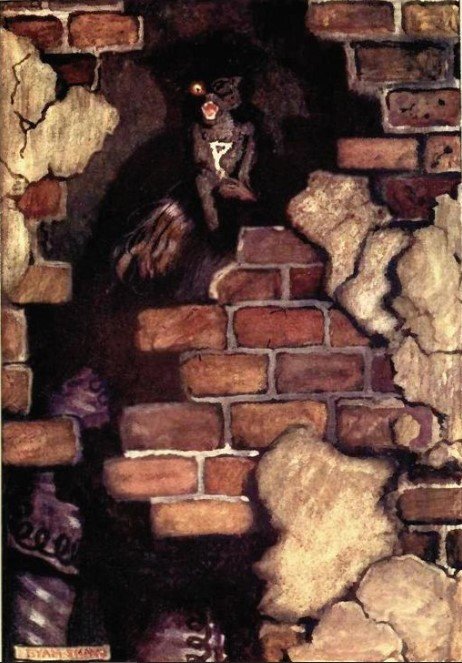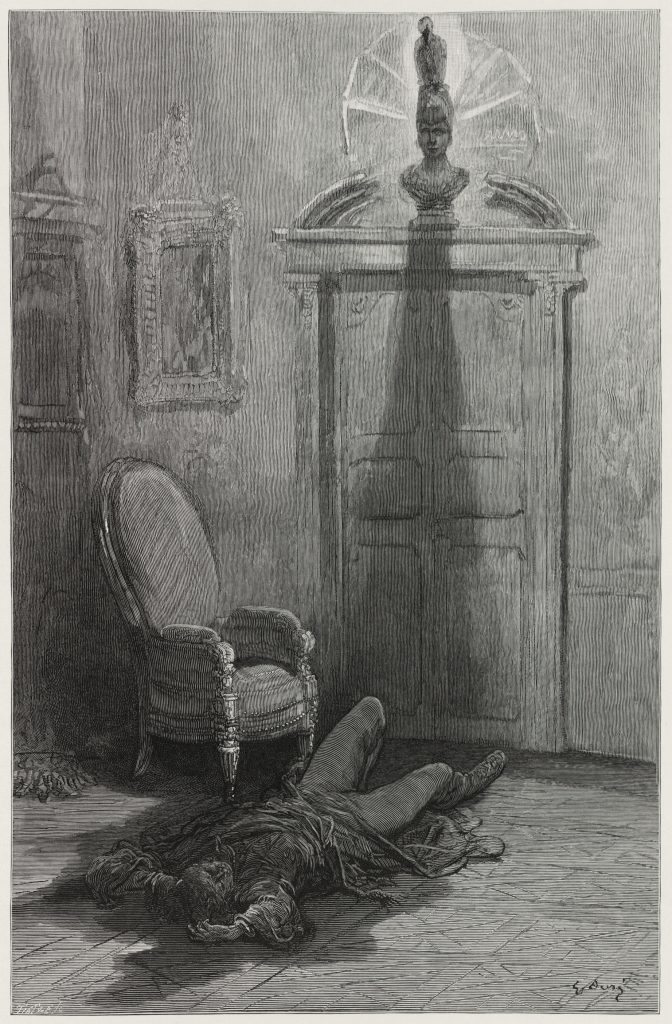Without question, one of the most important and influential American writers of the 19th century, Edgar Allan Poe was the first author to attempt to make a real professional living out of writing. Most of Poe’s work was inspired by the events that happened around him and to him throughout his life. During his career, he was a pioneer of the science fiction genre due to his fascination with the sciences available during his time and it can be seen that he often wrote stories that spoke about new inventions. With stories such as The Murders in the Rue Morgue, Poe has also been credited with inventing the modern detective story, using concepts such as deductive reasoning–this inspired Sir Arthur Conan Doyle, the creator of the famous Sherlock Holmes.
Despite all of his talents within different genres of writing and the fact that his modern reputation is based primarily on his horror stories and lyrical poetry, he made his living as a literary critic and theoretician–one of America’s greatest.
Short Stories
Poe can be considered the master of the macabre, as he famously transformed the genre of the short horror story with his psychologically deep and insightful tales that the genre had never seen before. His classic stories helped to re-imagine the genre, where The Tell-Tale Heart, The Pit and the Pendulum, The Black Cat, and The Masque of the Red Death which revealed the depths of his masterful story-weaving talents. While The Black Cat isn’t Poe’s most popular short story, it definitely reveals in a shorter form the dark and psychological terrors of Poe’s mind–the words that poured out of this author’s soul spoke of deep pain and misery that one can only credit to the gothic form.
The Black Cat (1845)

For the most wild, yet most homely narrative which I am about to pen, I neither expect nor solicit belief. Mad indeed would I be to expect it, in a case where my very senses reject their own evidence. Yet, mad am I not–and very surely do I not dream. But to-morrow I die, and to-day I would unburthen my soul. My immediate purpose is to place before the world, plainly, succinctly, and without comment, a series of mere household events. In their consequences, these events have terrified — have tortured — have destroyed me. [Read More…]
Other Notable Short Stories
- The Murders in the Rue Morgue (1841)
- The Tell-Tale Heart (1843)
- The Black Cat (1845)
- The Facts in the Case of M. Valdemar (1845)
- The Cask of Amontillado (1846)
- The Pit and the Pendulum (1850)
- The Premature Burial (1850)
- The Masque of the Red Death (1850)
Poetry
Even if Poe had never written a single story, his poetry would have been enough to secure his legacy in literary history, as nearly every single one of them is considered a poetic masterpiece. A brief introduction to some of his works of poetry would most notably include The Raven, Annabel Lee, To Helen, and Ulalume. Below we have included one of our favorite poems by this famous dead author, which can be considered one of the all-time favorites and most notable of all of his poems, The Raven.
The Raven (1849)

Once upon a midnight dreary, while I pondered, weak and weary, Over many a quaint and curious volume of forgotten lore–
While I nodded, nearly napping, suddenly there came a tapping,
As of some one gently rapping, rapping at my chamber door–
“‘Tis some visitor,” I muttered, “tapping at my chamber door–
Only this and nothing more.”
[Read More…]
Other Notable Poetry
- To The River (1829)
- Spirits of the Dead (1829)
- The City in the Sea (1831)
- The Sleeper (1831)
- The Haunted Palace (1839)
- The Conqueror Worm (1843)
- The Valley of Unrest (1845)
- The Raven (1845)
- Lenore (1845)
- Annabel Lee (1849)
- The Bells (1849)
- A Dream Within A Dream (1850)
- A Valentine (1850)
- Alone (1875)
Why Should You Read Edgar Allan Poe?
To be clear, this selection of the work of Edgar Allan Poe is woefully lacking, but these are a great selection out of his incredibly large body of work. We urge you to read as much of it as possible and if you’re already a studied fan of Poe, let us know what your favorite story or poem is below!

Georgia-based author and artist, Mary has been a horror aficionado since the mid-2000s. Originally a hobby artist and writer, she found her niche in the horror industry in late 2019 and hasn’t looked back since. Mary’s evolution into a horror expert allowed her to express herself truly for the first time in her life. Now, she prides herself on indulging in the stuff of nightmares.
Mary also moonlights as a content creator across multiple social media platforms—breaking down horror tropes on YouTube, as well as playing horror games and broadcasting live digital art sessions on Twitch.
